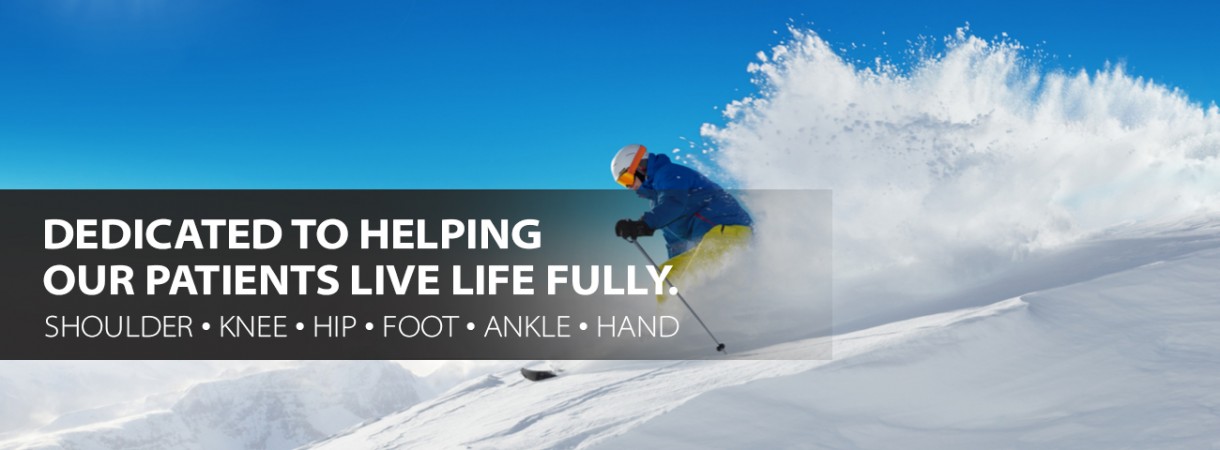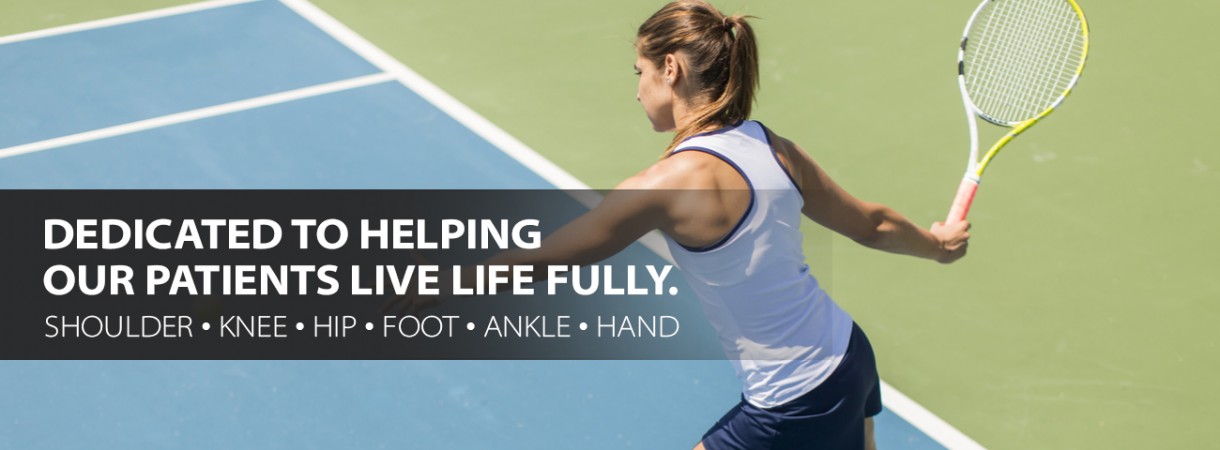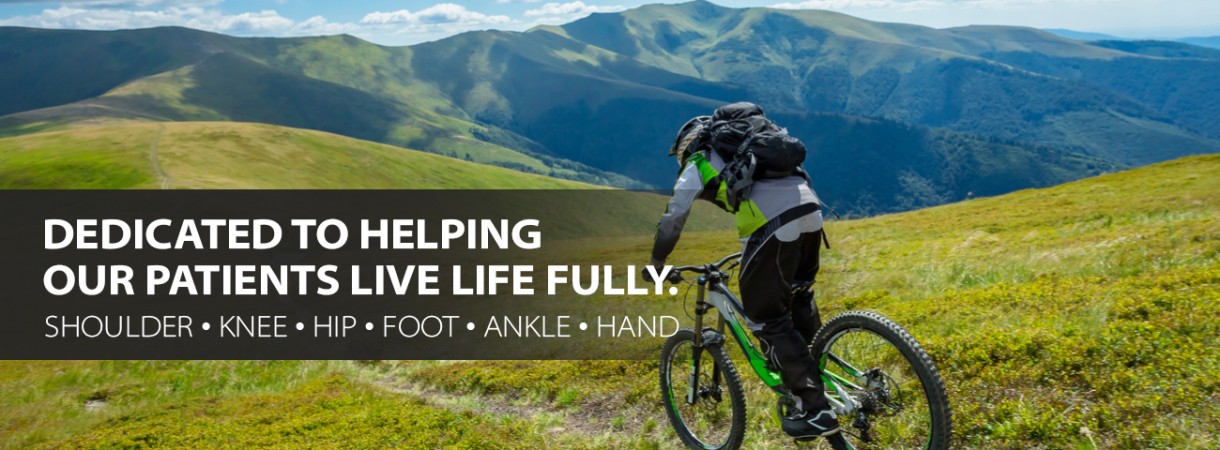As far as outdoor sports in winter go, down-hill skiing is right on top of the pile. It’s always a great way to spend time with friends and get a great workout.
But you won’t enjoy the season for long if you don’t go in prepared. The natural environment on a ski hill can put you at risk of injury, due to the twists, turns, bumpy terrain and awkward landings.
We see a lot of people come in with injuries that might have been avoided with a bit of focused workout during the season. If you don’t want to spend the rest of the season hobbling around or watching from the sidelines, you need to get your workout on now.
So to ensure that you’re fit and good to go when the snows fully come in, we’ll share some great exercises you can do to get in shape. These preventative exercises will focus on your leg strength, core stability and balance to help you get the most out of your ski season.
#1: Single leg deadlift
Although this may be one of the more difficult exercises you try, it’ll quickly get you in great shape for ski season.
Why it’s good for you: Without your knees in good condition, you won’t be seeing a lot of powder. The single leg deadlift helps you strengthen the ligaments around your knees and build strength in your ACL and MCL for better control on the ski hill. This gives you better balance and stability. You’ll also decrease the strain on the ligaments around your knees as you lean into hard turns and bumpy terrain.
How to do it: With the single leg deadlift, you want to achieve a plane, horizontal posture while poised on a single leg. Initiate the move by standing on one leg with the knee gently bent. Keeping your weight on that one leg, bend from the hip as you allow your upper body to fall forward and extend your other legal backwards. Continue to bend, with your back straight, until your upper body and other leg are horizontal. It might task you a bit so if you feel shaky, rest for a bit and try again. Do 10-15 reps per leg for one to two sets.
#2: Plank variations
Plank exercises are always tough to pull off. But if you’ve got more than a few reps under your belt, you’ll gradually come into your own with these.
Why it’s good for you: There’s nothing like a good plank for a strong core. As you hold a flexed, bent-over position on the ski slopes, your back and core abdominal muscles work really hard to hold your body in that position. To protect them and your spine from injury, you need to build a really strong core. Plank exercises focus on those core muscles around your back and abs. They’ll also help you build strength and stability around your arms and shoulders.
How to do it: Start with the basic plank to ease you into the exercise. Lay face down on a gym mat then raise yourself up on your elbows and the toes of your feet with your body straight. Maintain this position for 30 seconds to 1 minute before you progress to the side plank. Lie on your side with your elbow right under your shoulder and your feet stacked one on top of the other. Lift your hip off the ground to create a straight line from your shoulders to your feet. Then drop your hip to tap the ground and bring back up to re-form the straight line. Perform 10-15 reps per side for three sets.
#3: Bench ½ lateral step down
While the lateral step down won’t leave you trembling like 2 minutes of planks would, they’re just as great for your form and stability.
Why it’s good for you: Strong legs are a non-negotiable for good skiing. Often your feet and ankles are locked into one position in your ski boots. They provide a solid foundation and serve as the basis for control and precision in your knees. Build strength in your glutes, quads and hamstrings with this exercise.
How to do it: The aim of the lateral step down is to work your gluteal muscles, quadriceps and surrounding musculature. You’ll need a tall step or bench, at least up to hip height. Step sideways onto the bench or step then hang one leg straight down off the side. Squat until your handing leg touches the floor then push upright with the leg on the bench. Keep your hanging leg inactive through the exercise so you can activate your glutes and quads, one leg at a time. Repeat 10 times for 2 sets on both sides.
#4: X-Jump
Another leg strengthening exercise, the x-jump is designed to train your legs to handle the impact of hard terrain.
Why it’s good for you: Skiing naturally involves a lot of quick jumps and bumpy landings. Keeping yourself free from injury will depend on how well you can hone your landing technique. You want to ensure these jumps are performed as quietly as possible. The quieter your landing, the better you can absorb and distribute force, reducing impact.
How to do it: Using paper tape, outline an “X” on the floor. Make the “X” sufficiently lengthy, about 2 feet in both directions. Stand in the center of the “X” and balance your weight on one leg. With your knee slightly bent, lower your body into a semi-squat and then hop to one corner of the “X”. From there, hop back to the center. Be sure to land with knee bent on each hop, and as quietly as you can. Repeat the process until you have jumped to and from each corner of the “X”. Perform two sets on each leg.
#5: Jump Squats
The jump squat is probably the easiest exercise on this line-up but it lets you get the most out of both your legs at the same time.
Why it’s good for you: The jump squat works all the muscles in your legs, from the tops of your hips right down into your feet. They strengthen these muscles and help hone your landing technique.
How to do it: You’ll need a sufficiently high bench for this exercise, about 12 to 18 inches tall. Get up on the bench with both feet firmly planted. Then step off the bench and land in a squat as silently as you can. You want to go through the full motions of landing so you have as close to perfect control as possible. So land with the tips of your toes and let the momentum carry you down into a squat in one fluid motion. Perform 10 reps over two sets. If you want to add variety to exercise, you can jump off the bench sideways, off both sides, as well.
Conclusion
Spend some time working out with these moves and you’ll have done a great deal towards ensuring an injury-free ski season for yourself. If you feel any discomfort from trying out any of these exercises, you should speak to an expert before proceeding.







Leave a Reply